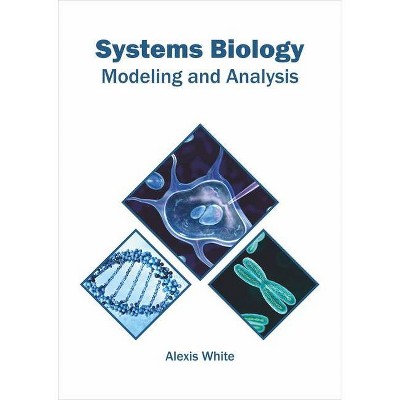Evolutionary Systems Biology - 2nd Edition by Anton Crombach (Hardcover)

Similar Products
Products of same category from the store
AllProduct info
<p/><br></br><p><b> Book Synopsis </b></p></br></br>Part 1. Theory and philosophy.- Biology as a process and the consequences for studying it.- Capturing the genotype-phenotype map with the adaptive multiscape.- Evolution plays a high-dimensional game.- What is next for evolutionary systems biology?.- Part 2. Single celled organisms.- Experimental evolution of microbial host-parasite relations.- Engineering microbial communities that evolve in a spatial setting.- Sharing is caring: differential gene flow in microbial communities.-Synthetic biology to study the evolution of gene regulatory networks.- Evolution of stem cell differentiation.- The evolution of epigenetic switches and cellular clocks.- Part 3. Multicellular organisms.- Measuring the genotype-phenotype map in eukaryotes.- Pigment evolution in Drosophila fly species: time for theory?.- Birds of a feather: using experiment and theory to understand the evolution of feather patterning.- A regulatory network that explains both fish fins and mouse limbs.- Quantitative system drift of the fly body plan.- Part 4. Immunity and disease.- Of mice, men, and immunity.- Immunity as an evolving adaptive system.- Cancer is a microevolutionary systemic disease.- A systems approach to cancer.<p></p><p/><br></br><p><b> From the Back Cover </b></p></br></br><p>This new edition captures the advances made in the field of evolutionary systems biology since the publication of the first edition. The first edition focused on laying the foundations of evolutionary systems biology as an interdisciplinary field, where a way of thinking and asking questions is combined with a wide variety of tools, both experimental and theoretical/computational. Since publication of the first edition, evolutionary systems biology is now a well-known term describing this growing field.</p> The new edition provides an overview of the current status and future developments of this interdisciplinary field. Chapters highlight several key achievements from the last decade and outline exciting new developments, including an understanding of the interplay between complexity and predictability in evolutionary systems, new viewpoints and methods to study organisms in evolving populations at the level of the genome, gene regulatory network, and metabolic network, and better analysis and modeling techniques that will open new avenues of scientific inquiry.</p><p></p><p></p><p/><br></br><p><b> About the Author </b></p></br></br>Anton Crombach<br>1) Inria, Antenne Lyon La Doua, 56 Boulevard Niels Bohr, Villeurbanne, France<br>2) Université de Lyon, INSA-Lyon, LIRIS, UMR 5205, Villeurbanne, France <p/>
Price History
Price Archive shows prices from various stores, lets you see history and find the cheapest. There is no actual sale on the website. For all support, inquiry and suggestion messages communication@pricearchive.us




















